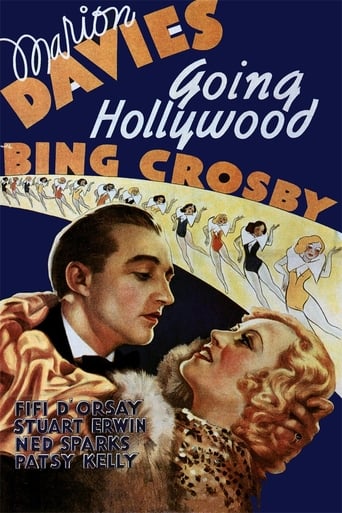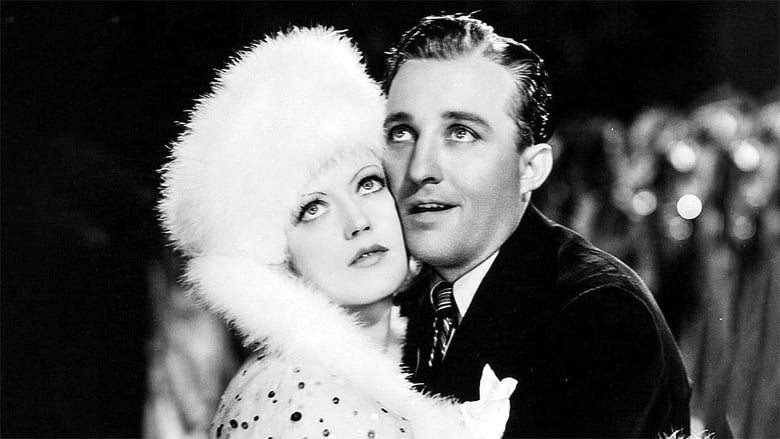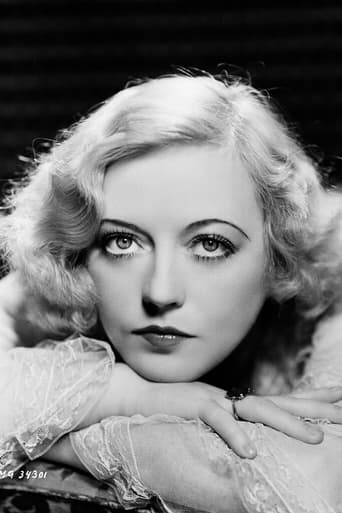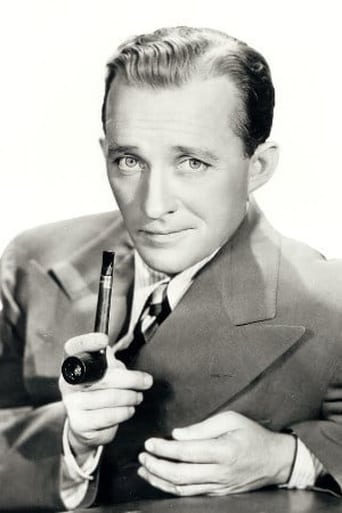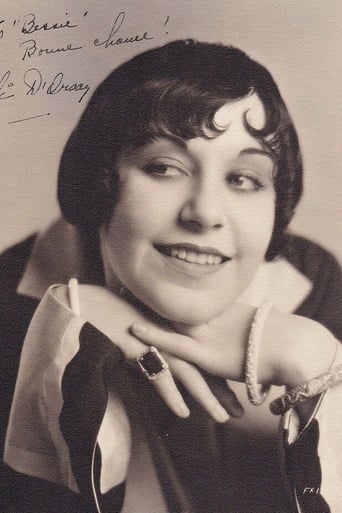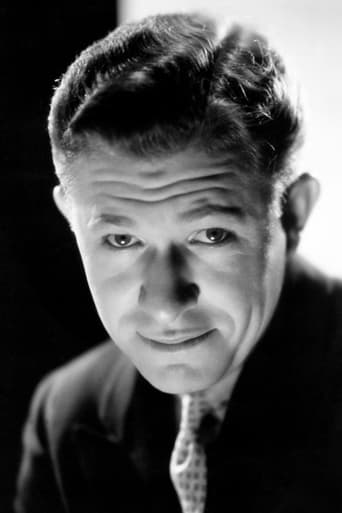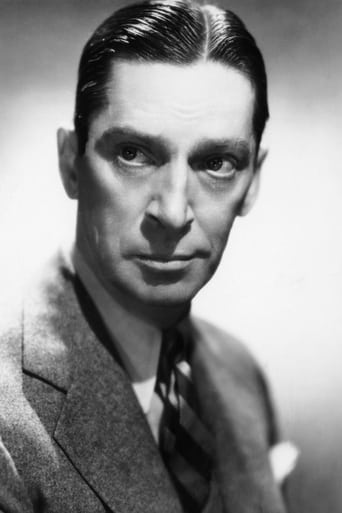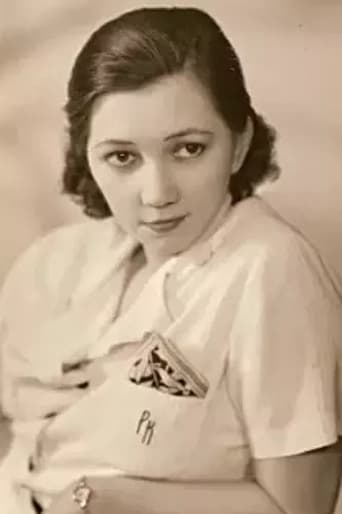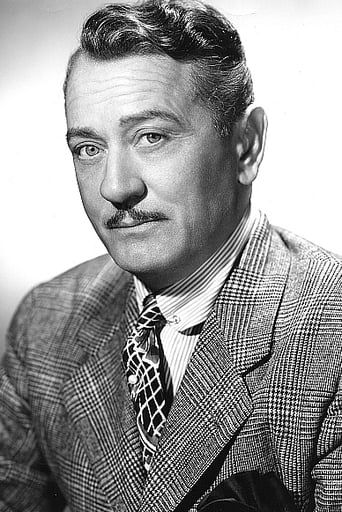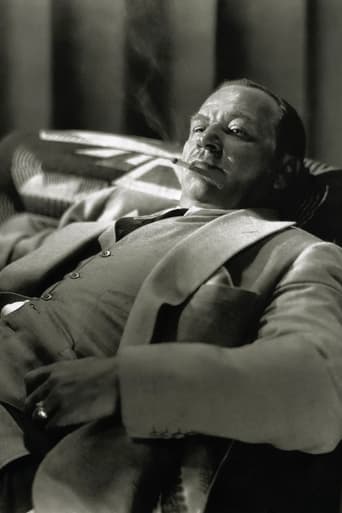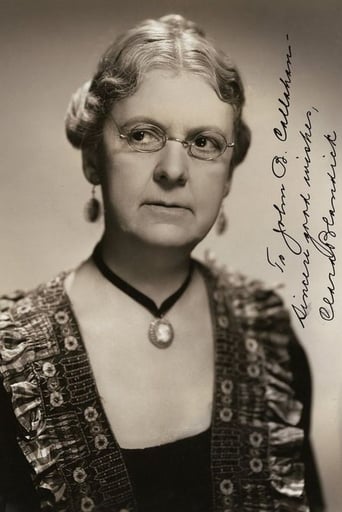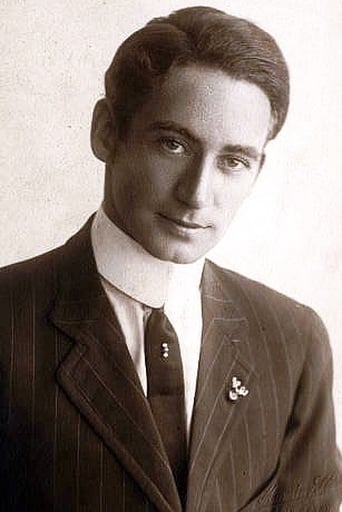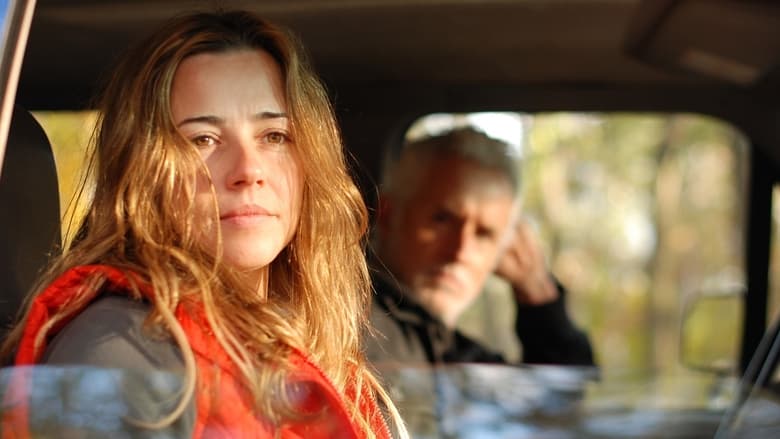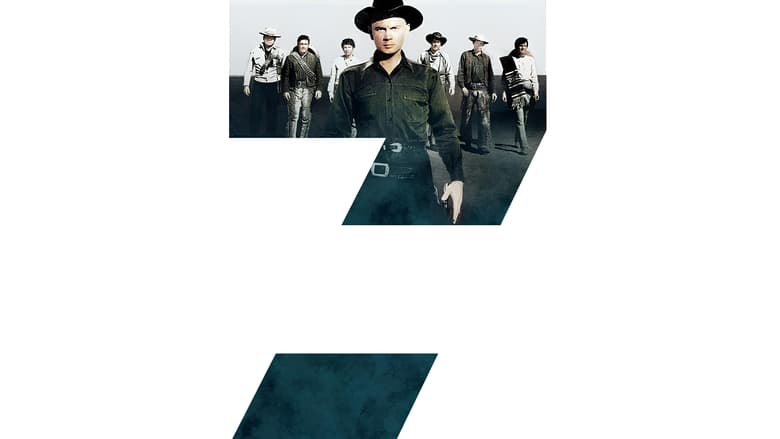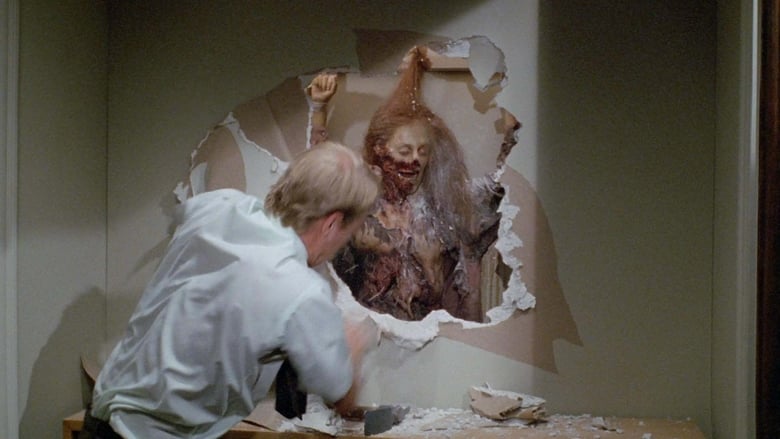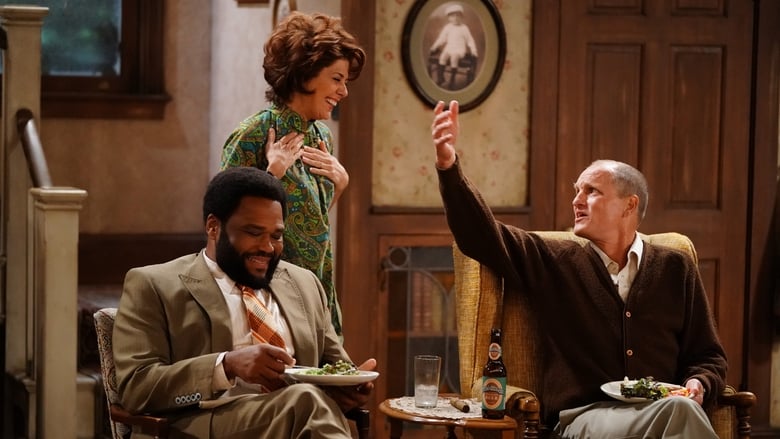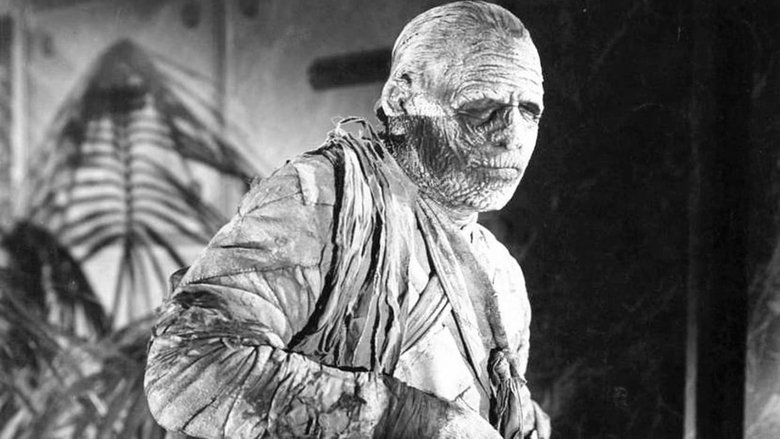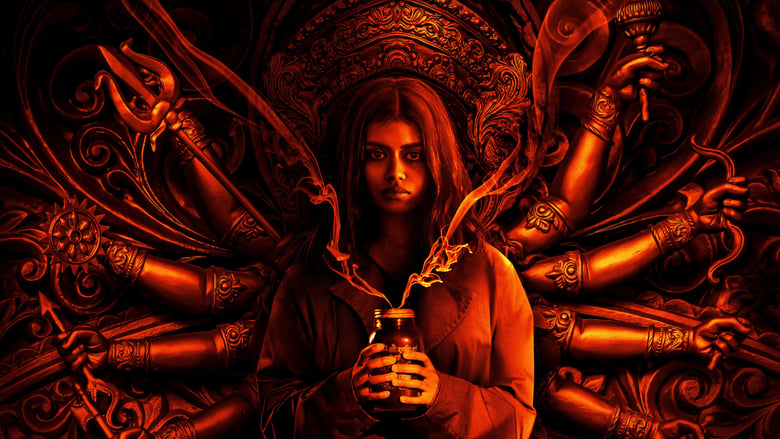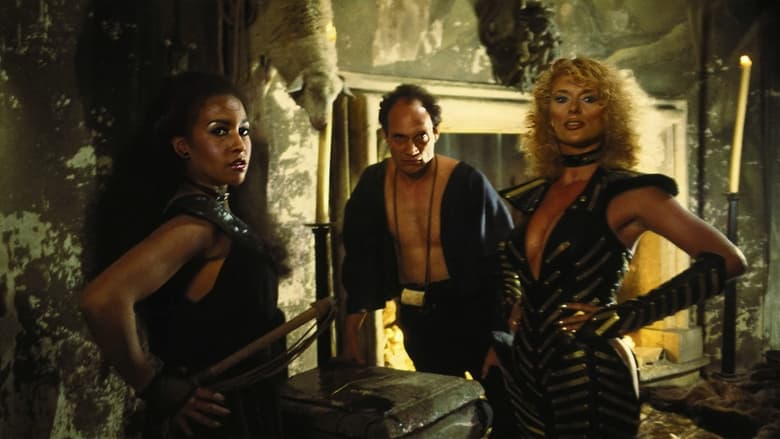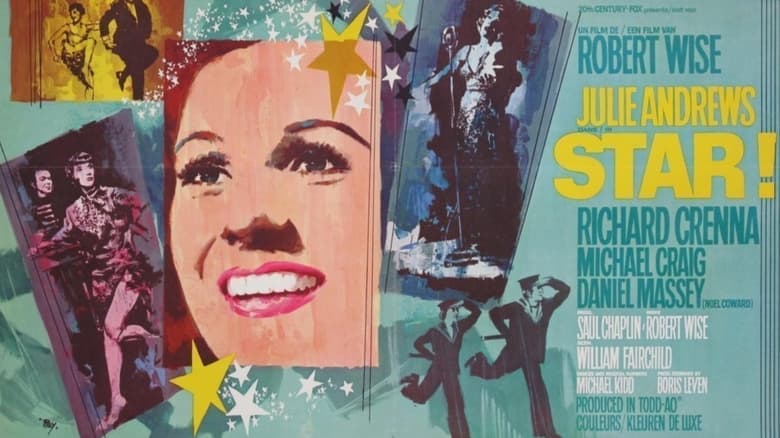The film tells the story of Sylvia, a French teacher at an all-girl school, who wants to find love. When she hears Bill Williams on the radio, she decides to go visit and thank him. However, difficult problems lay ahead when Lili gets in the way.


Similar titles
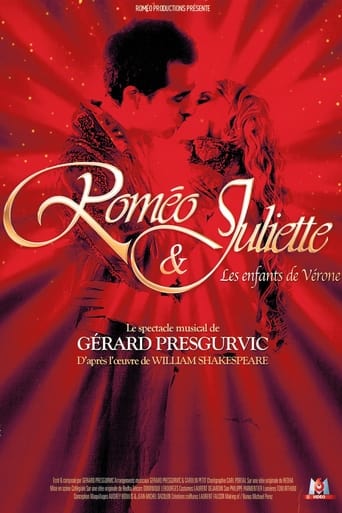
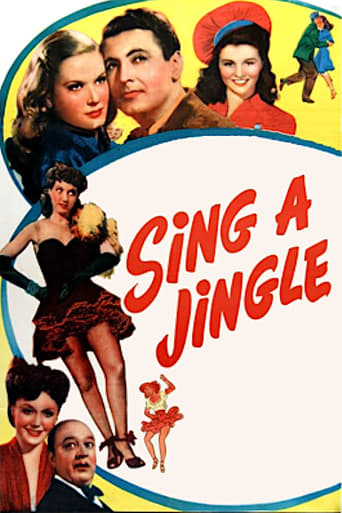
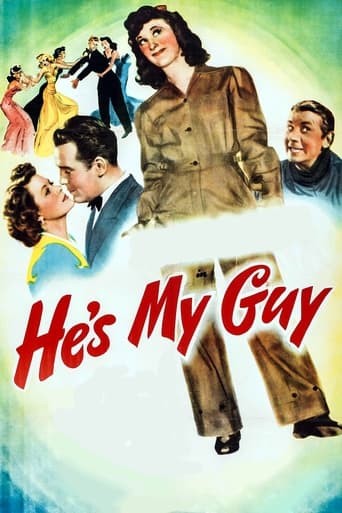
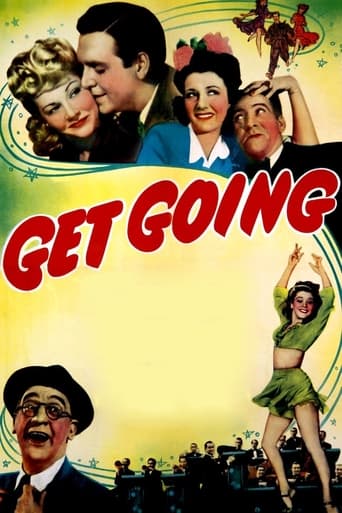

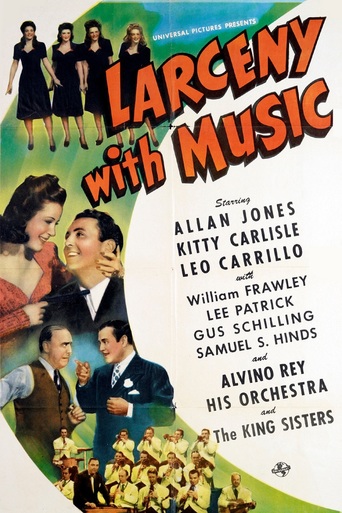


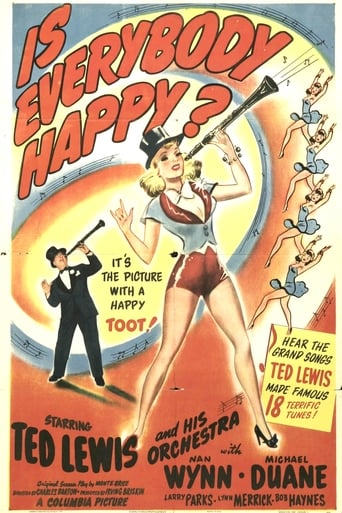
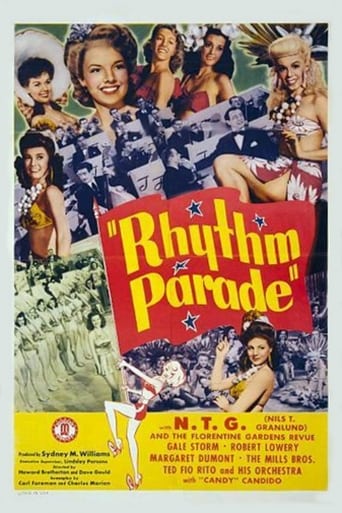
Reviews
A musical comedy, in which Marion Davies' character becomes obsessed with Bing Crosby's singing one starry night, and decides she's going to quit her dull schoolteacher job, and go to Hollywood in imitation of Crosby, to experience life and love. In Hollywood, she initially is maid to a French star, played by Fifi D'orsay, but will eventually replace her. Interestingly, Marion initially gets mad at Fifi and quits as her maid, then promptly reemerges in very dark blackface as her maid! Fifi will slap her on 3 occasions, with Marion returning the last one, starting a cat fight. In a production number, Marion sings with Bing to "We'll Make Hay While the Sun Shines" Also, she does an imitation of Fifi's singing "Cinderella's Fella", which results in the cat fight........Fifi D'Orsay plays Lily Yvonne: Marion's chief competition for Crosby's heart and her acting role. Her early entertainment career was mostly spent in vaudeville, which she loved, and sometimes came back to in revivals. In many of her roles, she was cast as having grown up in France. However, in reality, she never even visited France! Rather, she was born in Montreal. As here demonstrated, she usually incorporated humor into her role.......Patsy Kelly has a supporting role, as Marion's friend and roommate in Hollywood. This was her feature film debut, although she had been in quite a few comedy shorts, paired with Thelma Todd. Although she was chiefly known for her comedy bits and wisecracking, I didn't find her especially amusing in this film.......The inimical Ned Sparks often showed up as the Hollywood director, often providing humor......Jimmy Hollywood, and Henry Taylor, of The Three Radio Rogues, did a skit, in which they imitated the singing of several contemporary singing stars, including Kate Smith, providing some humor.......This was the movie that made Bing a singing and acting star. Previously, he had done mostly shorts. He almost didn't get the role, because W.R. Hearst didn't like his singing style. Marion did like his singing and voted for him, as well as for Fifi, as her rival. He sings 7 songs, including one with Marion. All except one were composed by the famous team of Nacio Herb Brown and Arthur Freed. These include "Temptation", "Going Hollywood, and "Our Big Love Scene". The latter was sung several times, including the finale, when a very unexpected Bing arrives just in time to scoop the intended singer, beginning off stage, and ending with a kiss for Marion. Perhaps this served as the model for Bing in "Holliday Inn", when he was thought nowhere near, then began off stage singing "White Christmas" to his lady love, who was also singing it, to end the film. .....In all a very entertaining film, seen on TCM.
'Going Hollywood's' biggest attraction was Bing Crosby, who had one of the most beautiful and distinctive male (and in general) singing voices on film, as well as being a master of how to use it.Crosby is certainly the best thing about 'Going Hollywood'. He seems relaxed, has a lot of charm and looks and sounds wonderful, his beautiful smooth voice used with impeccable phrasing and control as always. Great songs also helps, something that 'Going Hollywood' certainly has, the standouts being the title song, "Temptation" and "Beautiful Girl".Of the production numbers, choreographically the best is the train station sequence which is so lively and entertaining. Although Raoul Walsh did seem a bit of an odd choice at first as director, often going for the tougher and darker edge to his films, but he does direct with a light touch without being too lightweight. Really enjoyed Patsy Kelly, who brings plenty of sass and allure. While going on a little too long, the Three Radio Rogues are also entertaining, and while overlong and overblown parts of the dream sequence are quite sweet.However, was very much mixed on Marion Davies. She is attractive and does bring some charm and fun, but at other points she does look stiff and limitations in her singing and dancing show. Stuart Erwin has an appealing earnestness but has little to do, while Ned Sparks does smarmy well but the character is written with so little variation that it feels one-dimensional. Worst of all is Fifi D'Orsay, her character being an annoying cartoonish caricature made even more insufferable by that D'Orsay overacts to such a wild degree.While some of the dream sequence was quite nice, the dancing scarecrows part does feel really bizarre and also jars. The bit with the blackface is neither cute or funny and even those who hardly ever scream racism will find it in bad taste. The script has some wit, but is also shallow and flaccid. The story while at first lively in pace constantly feels too convenient and too neatly wrapped up, while also dragging towards the end, having a premise and romance that rarely rings true and being paper thin. Characterisation is even thinner, development practically forgotten about.All in all, many charms but also some big caveats. 5/10 Bethany Cox
The actress Marion Davies, when she is now remembered at all, is remembered as the young(ish) mistress of William Randolph Hearst, the newspaper magnate who more or less bankrolled her Hollywood career. As such, it's widely assumed that she had no talent, except in the eyes of the devoted Mr Hearst. This at least was the impression given by her supposed parody in Citizen Kane, an image which though indirect has tarnished her memory no end. But whatever the truth about her, the amount of money thrown into her productions means they afford at least a treat or two.Going Hollywood, for example, pairs her with a young Bing Crosby. It's clear that at this point the studio didn't really think of him as much more than a good-looking crooner and weren't really pushing his personality, but he certainly adds musical credence to the production, and his laid-back sense of humour is occasionally allowed a tease or two. Another delight of the cast is 1930s comedy institution Ned Sparks, who with his inimitable manner can make even the simplest of lines sound funny. There's a real no-no however when a jumped-up Stuart Erwin vehemently puts Sparks down, a moment which simply looks embarrassing. There ought to have been a rule in Hollywood – nobody gets the better of Ned Sparks.The story of Going Hollywood was by the very prestigious 30s writer Frances Marion (she also wrote The Champ, among others), and the screenplay is by acclaimed romcom expert Donald Ogden Stuart. It is of course, an absolute slice of silliness, the opening business with a rebellious Davies giving up her job as a teacher as if it was something she had been forced into setting the tone for things to come, but Frances Marion's simplistic tale of a girl making it big in movies is the very quintessence of MGM dreaminess, and Stuart's sharp wit gives it a nice gloss. Logic and depth barely matter in a fairytale such as this.The list of big names continues, with music by Nacio Herb Brown and Arthur Freed (you know, of Singin' in the Rain fame). The songs are pretty and the smooth arrangement suits Crosby well. What is nice though is the way they are used. Freed's lyrics only relate vaguely to the material, but each number is nevertheless woven into the narrative in a number of interesting ways. "Beautiful Girl" is part of a radio broadcast which a pyjama-sporting Crosby delivers while doing his morning business. "We'll Make Hay while the Sun Shines" takes place in a dream sequence. In other words, the narrative does not take a break for the music, and the songs are never merely presentational performances. This may have been a contribution of Walter Wanger, who always tended to oversee a flowing style in his pictures.Then again, it might also have been influenced by director Raoul Walsh (incidentally a pal of Hearst) who, like in the musical numbers, never made movies as a presentation. Walsh's camera is almost always right inside the action, either looking in on it (the number of instances of characters looking into lens is high in Going Hollywood) or looking outwards (as in several point-of-view shots). Walsh likes to place his audience where his characters are, especially at key moments, giving a real intensity to the scenes between Davies and Crosby. This closeness of Walsh's style gives a real cramped feeling to many of the interiors, and a sense of romantic escapism lies in shots like Davies staring at the stars out of her bedroom window or Crosby gazing up at the cavernous roof of the railway station. In a funny kind of way these moments link to Walsh's westerns, where the homesteads were always dull and squalid while the plains were vast and inviting.So Going Hollywood sees its star supported by a big wall of talent. But what about Ms Davies herself? She is really not all that bad. Her style is quite reserved, not at all vulgar or exaggerated as one might expect, and she does have a flair for comic expression which in this kind of picture makes up for her lack of a good singing voice. She certainly doesn't deserve the reputation given to her by Citizen Kane (which Orson Welles belatedly stated was not intentional). Still, there is a reason she wasn't an especially popular star and needed the support of her millionaire boyfriend. If you look at the most successful performers of the depression era, they are people like Will Rogers, Marie Dressler and Wallace Beery, who what they lacked in looks they made up for in rugged charm. An actress who was merely pretty and competent was hardly deemed special in 1933.
I just happened to catch this movie on TCM. It's a musical starring Marion Davies as an unhappy school teacher who follows Bing off to Hollywood. Don't expect a work of art when you see this movie, as it was clearly made to showcase the still up-and-coming Bing's voice, and to try and resurrect Davies' wilting career. The acting is slightly above abysmal, and the film, though just short of 80 minutes long, is littered with some incredibly pointless musical numbers. Also, Fifi D'Orsay's "french" accent is so hideously exaggerated, I was surprised to learn she's actually french Canadian! Though the movie is hardly a dramatic work of art, watching it is like stepping back in time to the 1930s. Keep watch at Davies' outfits throughout the movie, it's like looking in a fashion magazine from the time. There's a short scene involving a radio personality, and the final dance number is quite a spectacle. I also want to mention the extremely racist scene where Davies is painted up to be a black woman. Imagine them trying to pull something like that today! While the rewatchability is probably quite low on this movie, it's a fun way to pass time. If you're like me and you love the fashion and culture of the 1930's, you'll probably love this movie. And hey, can anyone every say no to Bing?
